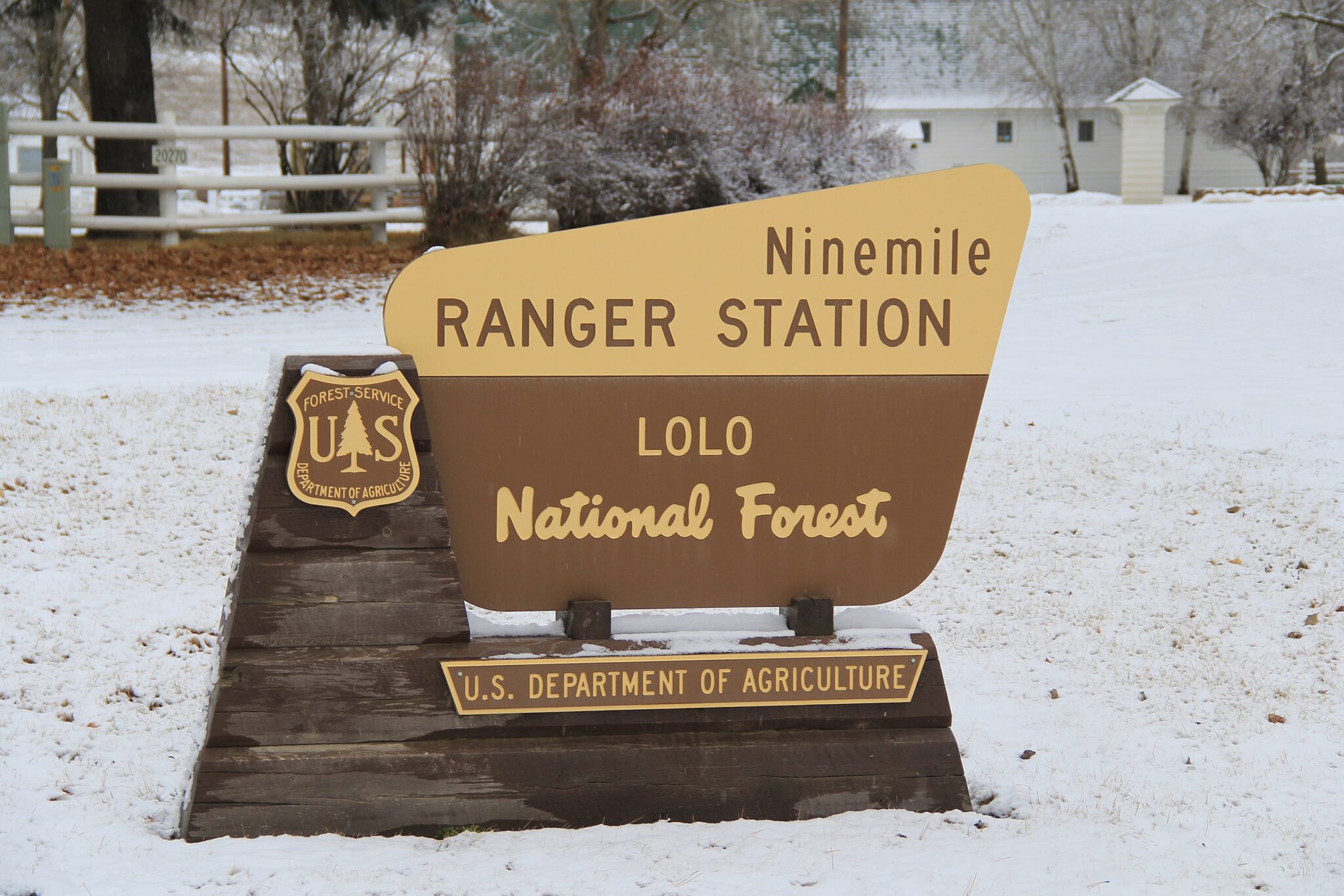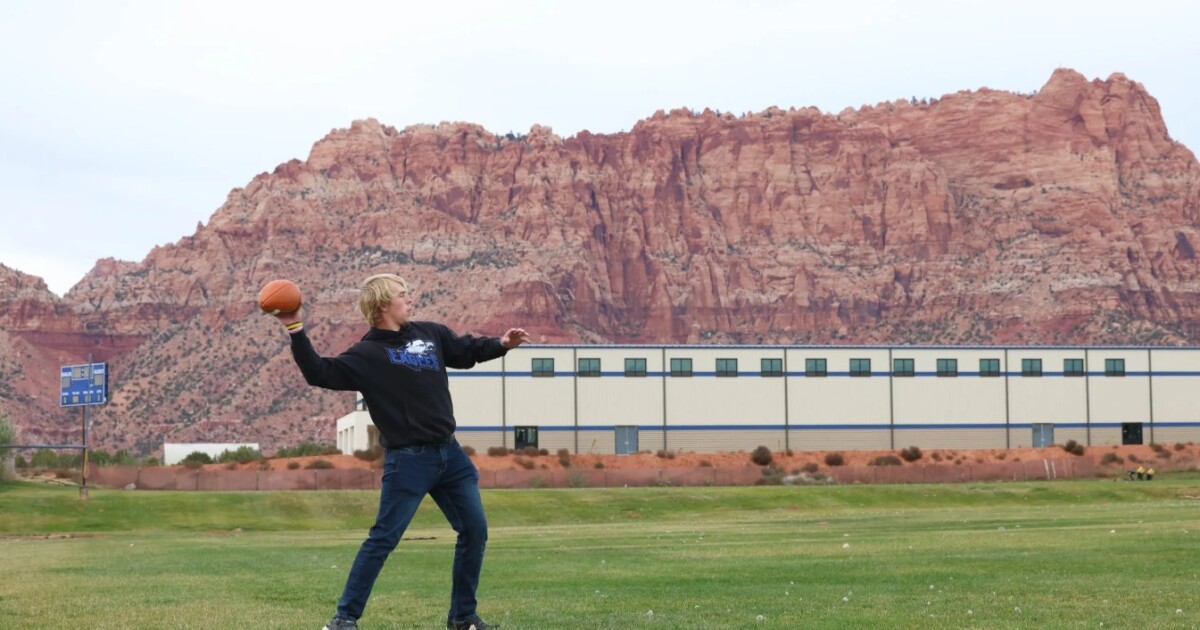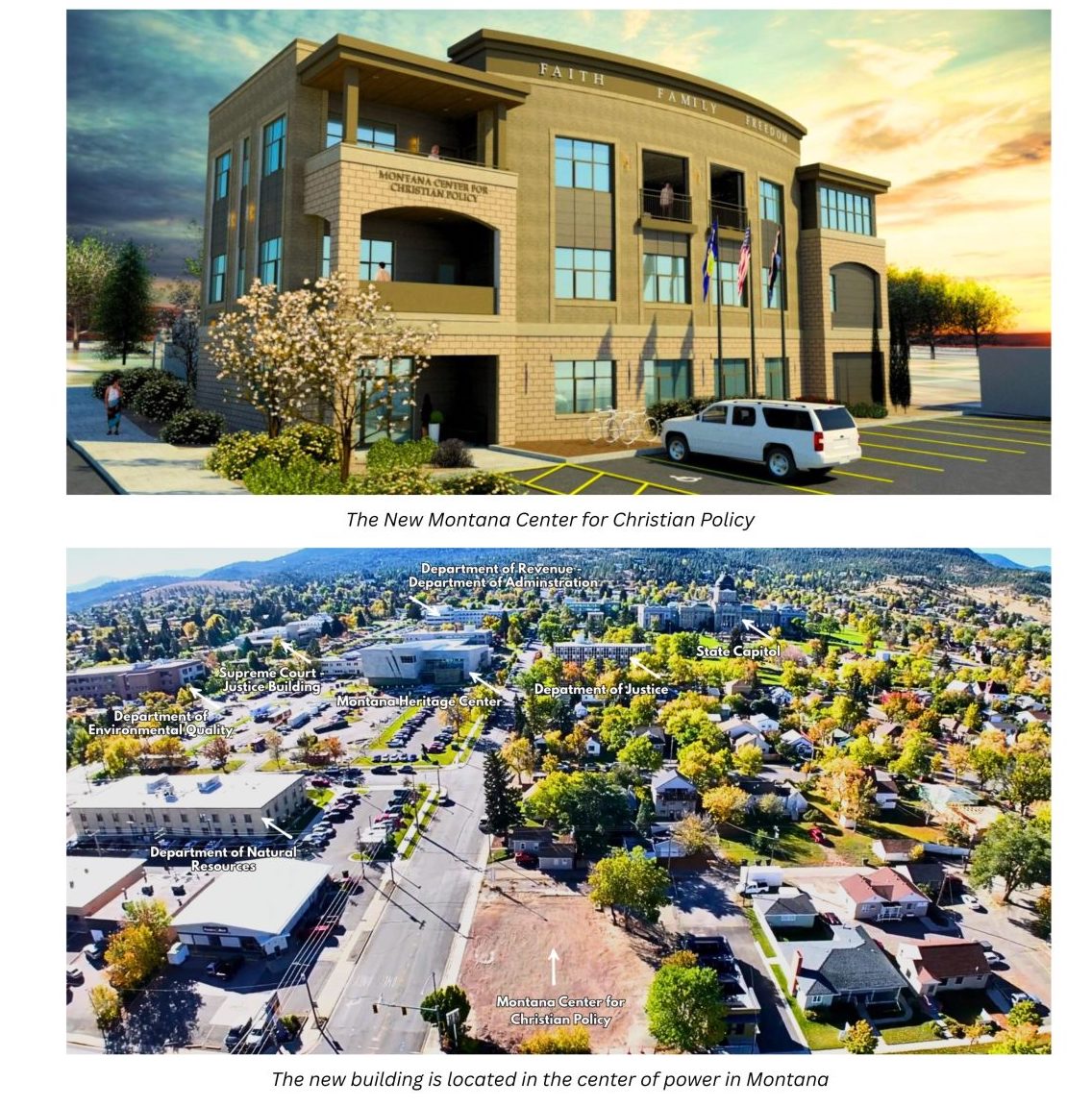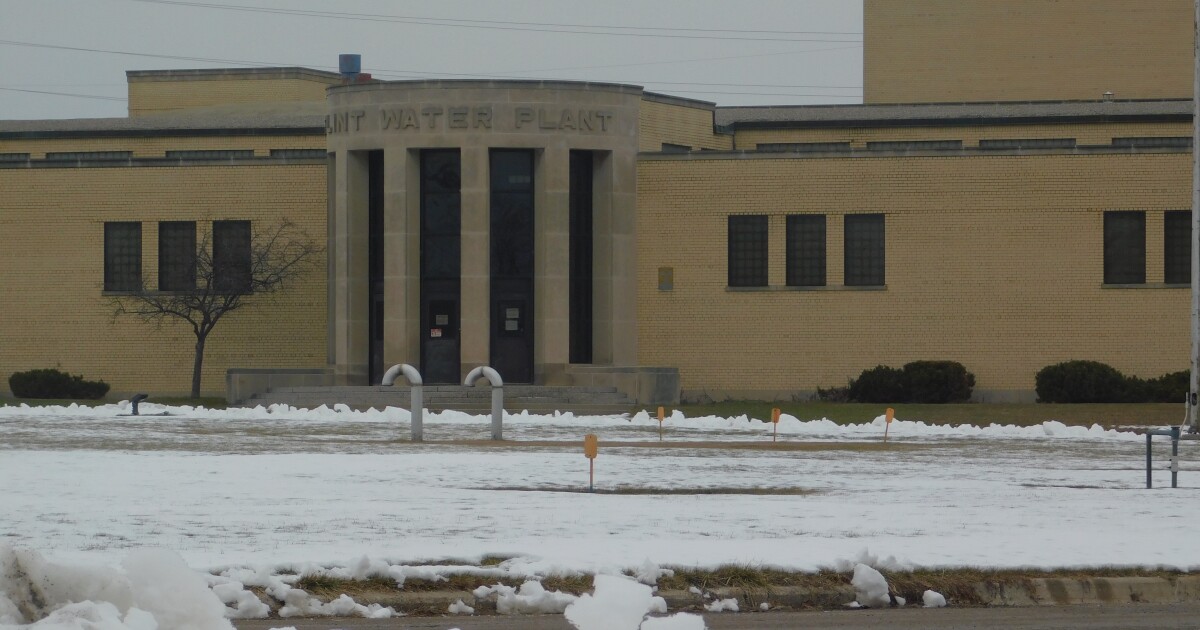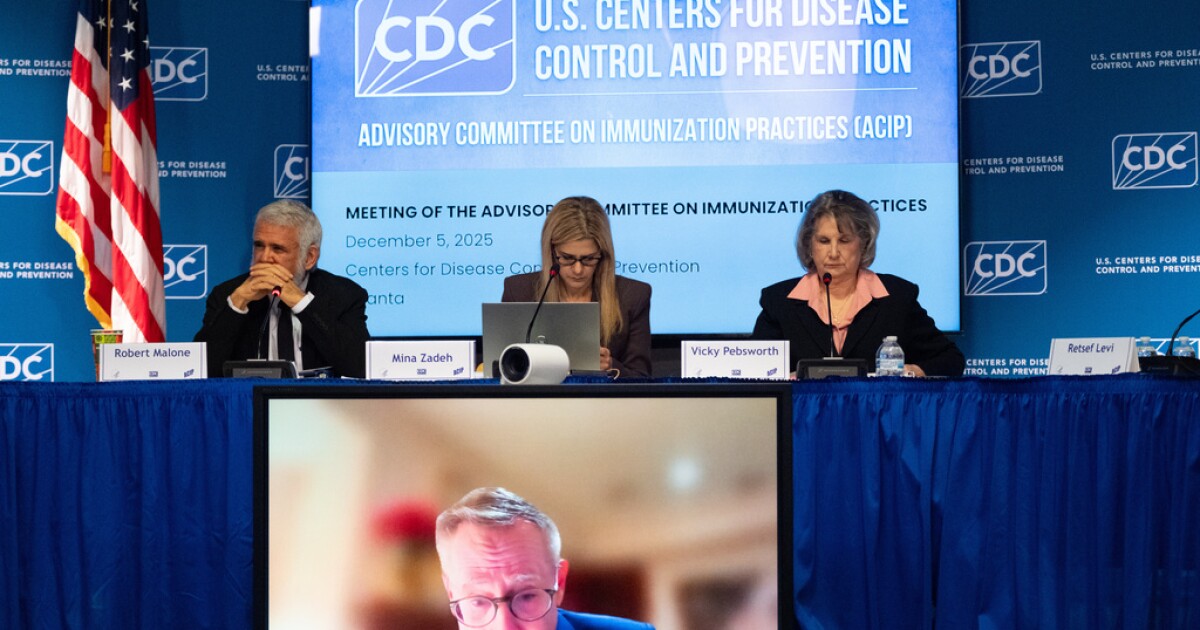In a stark revelation concerning water resource management, a comprehensive study from Arizona State University has documented a significant depletion of groundwater in the Colorado River basin over the past two decades. Utilizing data derived from NASA satellites, researchers have charted the alarming reduction in groundwater reserves.
The Colorado River basin, encompassing seven Western states, has experienced a loss of 27.8 million acre-feet of groundwater since 2003. This volume of water is comparable to the entire capacity of Lake Mead, which is the largest reservoir in the United States.
This finding adds complexity to the current challenges faced by the Colorado River. As the demand for water exceeds the available supply, more users might turn to groundwater, which is often less regulated compared to surface water resources.
Efforts to conserve water in the Colorado River basin have primarily concentrated on reducing surface water usage. However, some experts argue for a broader approach to water conservation.
Brian Richter, the president of Sustainable Waters, who was not part of the study, emphasized the significance of the findings. He stated that they highlight the need for a “holistic perspective” on water management by the region’s authorities. “It suggests that we have to become more aggressive and more urgent in our reduction of our overall consumption of water,” he commented.
The study also indicated that the groundwater losses in the Colorado River basin were 2.4 times greater than the losses from Lake Powell, Lake Mead, and other smaller reservoirs. The report suggests that agriculture, a major consumer of water in the basin, could face severe impacts if the depletion continues unchecked.
Most of these groundwater losses have occurred in the Lower Basin states, including Arizona, California, and Nevada. Arizona’s implementation of “Active Management Areas” to regulate groundwater withdrawal may have curbed the decline to some extent.
Kathleen Ferris, a key figure in crafting Arizona’s groundwater regulations, stressed the urgent need for further action. “We are not on track,” Ferris remarked. “We are way behind the eight ball, and I’m really sad that nothing seems to get done. We should have been thinking about this issue 25 years ago.”
Ferris currently serves as a senior research fellow at Arizona State University’s Kyl Center for Water Policy.
Richter pointed out a slight positive aspect of the study, noting the advancement in scientific data collection that offers policymakers a clearer understanding of the region’s water issues. “From a public policy standpoint, this is bad news,” he said. “This tells us that it’s worse than we thought, because now we understand what’s going on underground as well. From a science perspective, this kind of study is good news, because it says that we are now much more capable of accurately describing a water problem like what we’re experiencing in the Colorado River system.”
This story is part of ongoing coverage of water in the West, produced by KUNC in Colorado and supported by the Walton Family Foundation. KUNC is solely responsible for its editorial coverage.
—
Read More Arizona News


